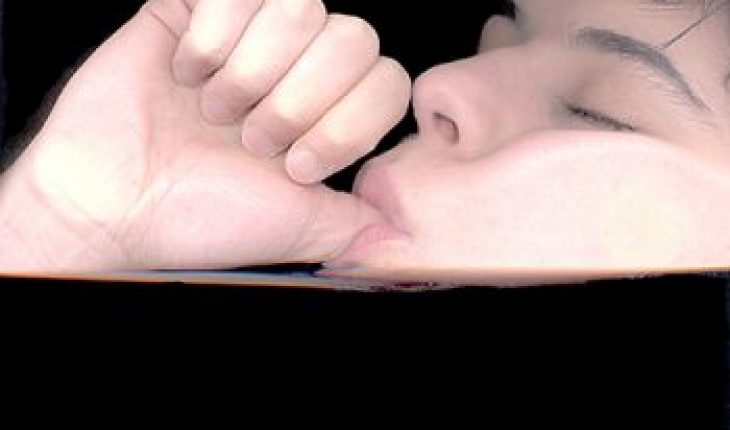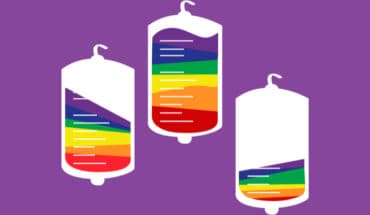“We are all agreed on one thing – that the subject of masturbation is quite inexhaustible.” (Sigmund Freud, 1912, Vienna Psychoanalytic Society).
Until 13th May, The Freud Museum, London, presents Solitary Pleasures, a fascinating new group exhibition that investigates a topic significant in Freudian and post-Freudian psychoanalysis, sexuality, and eroticism: masturbation. Sigmund Freud observed that sexuality is everyone’s weakness and strength and every part of the body is erotic. Even the most prim looking individuals have sexual appetites and expression.
Sigmund Freud observed that sexuality is everyone’s weakness and strength and every part of the body is erotic. Even the most prim looking individuals have sexual appetites and expression.
Freud realised that human beings were born sexual and that eroticism began from the baby nursing at its mother’s breast with flushed cheeks and a blissful smile. He knew that sexual arousal is not confined to the genitalia and that pleasure is achieved through sexual excitation around the body (and in the mind). Even today, his ideas are controversial.
Among Freud’s revelations was the ambivalence involved in all erotic relationships, including masturbation. While we may feel loving towards a partner, spouse (or ourselves) things are never that simple. Below the surface of our consciousness and our feelings of warmth and caring seethe negative feelings, fantasies, frustration and urges that are destructive and even hateful. Freud realised that this dark cocktail of feelings in close relationships is to be expected and not necessarily pathologic.
The exhibition includes work by Shannon Bell, VALIE EXPORT, Chantal Faust, Antony Gormley, Jordan McKenzie, Annie Sprinkle and Beth Stephens, Emma Talbot, and Michelle Williams Gamaker. Together, they tell the human story, both ancient and modern, of our complex sexual, erotic, and intimate encounters with ourselves and others by way of masturbation as an all-inclusive – gay, lesbian, heterosexual, bisexual, trans, queer, + – practice.
Sigmund Freud famously described masturbation as the first or ‘primal’ addiction. Solitary Pleasures interrogates and investigates masturbation, and the eroticism, desire, and gratification associated with it, not just as an isolated or solitary ‘vice’, but as a pleasure that is mutual; shared between couples, lovers, and strangers in ways that redefine erotic possibilities.
Solitary Pleasures makes manifest, extends and challenges pre-Freudian, Freudian, and post-Freudian concepts, surrounding the theme. The exhibition draws on the history of masturbation, both explicitly and implicitly, in which this ‘solitary pleasure’ has been considered as a disorder, as ‘unnatural,’ ‘unhealthy’ and as a violation of the moral law; yet conversely it is seen as a vital force, as a creative and magical act, and as ‘normal’ and ‘healthy’.
Graphic, material, and embodied; joyful and ejaculatory; comforting and confrontational; sensuous and inhuman; theatrical and performative; parodic and heart-wrenching – this exhibition exposes and explores masturbation as a topic that can transform our understanding of the human subject, human subjectivity, and human sexuality.
‘Don’t knock masturbation,’ Woody Allen famously quipped: ‘It’s sex with someone I love.’ But masturbation has had a bad press historically, particularly from physicians who decried it as the root cause of mental and physical illness. Adolescents were threatened with awful fates if they engaged in this pleasure. Even Freud had doubts about frequent masturbation in young adults and realised that early masturbation helped form an individual’s sexuality. He explained that guilt and shame around masturbation could affect a person’s adult sexuality.
Even Freud had doubts about frequent masturbation in young adults and realised that early masturbation helped form an individual’s sexuality. He explained that guilt and shame around masturbation could affect a person’s adult sexuality.
Ultimately, this exhibition aims to celebrate masturbation as a ‘solitary pleasure’, as opposed to a ‘solitary vice’, as a pleasure that is universal and particular, collective and individual, and that’s mutual; a shared exchange, an intimate encounter.
Freud discovered that in our sexual fantasies we often create all kinds of weird and odd scenarios which is quite normal and doesn’t mean that we actually want to engage in them (or perhaps we do). He explained that sexual excitement derives from three main sources; sex hormones, sexual fantasies and our erotic history.
There is nothing new about masturbation. The ancient Greeks regarded it as normal as a safety valve for sexual frustration. Diogenes is said to have masturbated in public. When criticised for indecency he is supposed to have defended himself by saying in jest: ‘If only it were as easy to banish hunger by rubbing my belly.’
But the last word on masturbation goes go Freud who famously concluded a 1912 symposium on masturbation for the Psychoanalytical Society in Vienna by saying, ‘I think the time has come to break off. For we are all agreed on one thing – that the subject of masturbation is quite inexhaustible.
Solitary Pleasure 18th April – 13 May 2018 at the Freud Museum London, 20 Maresfield Gardens, London NW3 5SX
Opening hours: Wednesday to Sunday, 12-5pm. Admission charges: adults £9.00, Concessions £7.00, 12-16 years £5, under 12s free.
- People’s Choice Victory for Down’s Syndrome Scotland Garden at Chelsea 2025 - 28th May 2025
- Cadogan: A Chelsea Family By Tamsin Perrett - 3rd May 2025
- Dream Worlds a new exhibition in Cambridge - 14th December 2024







